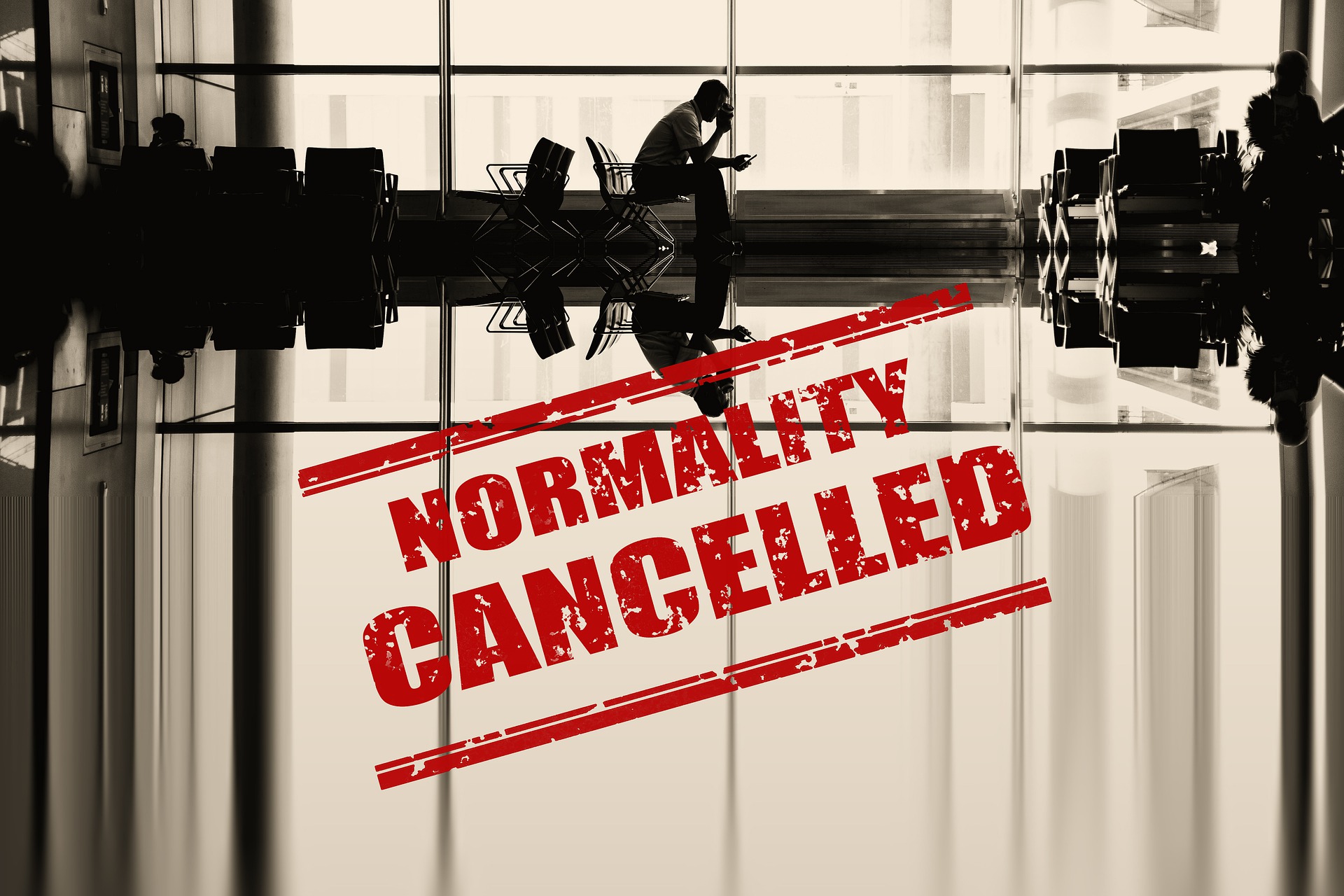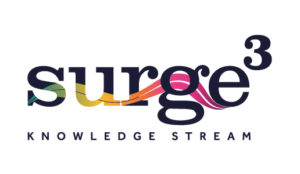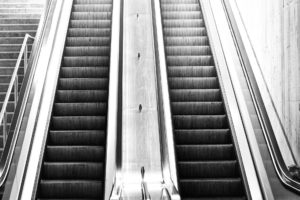Since March my mailbox has been inundated with new surveys, trackers, consumer trend evaluations, and ‘thought pieces’ on the ‘new normal’. The world we live in from this point on will look nothing like the world we have known … so says their collected wisdom! If one was a cynic, one might argue that sowing doubt and uncertainty about the future reinforces the need to spend budget on consumer insight at a time when client businesses are looking to conserve cash and agencies are feeling the pinch – and this is my business as well, so I am not going to argue with the importance of maintaining ‘sensors in the ground’!
But if you believe all that you read we are facing a foreign landscape with consumer behaviour turned on its head! But with some trepidation … can I be the small voice in the crowd that says actually I believe that the future is going to look much more like the past than many would have us think.
Now I will caveat that with the future when viewed from the pre-Covid world was going to look different (that’s just a truism) … the migration from the high street to the virtual street perhaps being the most notable trend – and the pandemic has moved this process on (if for no other reason than such a precipitous fall in revenue would be difficult for any business to cope with especially those with a poor online presence).
Perceived wisdom is that the pandemic moved digital migration forward 5 years … as people have been forced to shop online, socialise with friends and family members online, to bank online, see their doctor online etc. And some of these behaviours are here to stay as sub-optimal customer experiences in a pre-pandemic world can now be seen as such by a wider group of consumers – who really wants to queue for 20 minutes in a bank branch or sit next to (other) sick people in a doctor’s waiting room. OK, some people will, but broadly speaking the pandemic has shown those of us who are not innovators and early adopters a better way in some areas.
However, the ‘new normal’ is not actually ‘normal’ and will meet the headwinds of behavioural inertia or the tendency to do nothing or to remain unchanged. The majority of us will go back to an office, and probably 5 days a week. We will start shopping in stores again – because we like physical (as opposed to virtual) shopping, and so the home will become less of (not more of) “a multi-functional hub, a place where people live, work, learn, shop, and play” (‘Re-imagining marketing in the next normal’ McKinsey, July 2020). We will want to travel again as soon as possible – the ‘staycation’ was fine, but we won’t want to make a habit of it, and our new found sense of ‘community’ will wane when the pressures and time requirements of everyday life kick back in.
I am not saying that there won’t be any change and I am not just sticking my head in the sand and hoping the current crisis would just go away. But consumer behaviour is akin to an elastic band … Covid-19 has pulled it in all sorts of different directions, but fundamentally it wants to ‘ping back’. When we have a few years post pandemic perspective, I suspect covid-19 will be seen to have caused a mild bump in the overall evolution of consumer behaviour … there won’t be a ‘new normal’ that looks very different from the ‘old normal’.
Katy Milkman – a behavioural scientist at Wharton was reported in The Atlantic as saying that new habits are more likely to stick if they are accompanied by “repeated rewards”. So if the threat of the virus is neutralised the average person will go back to a routine and at the moment the pandemic looms large because its our everything. While there will be some behavioural stickiness – its easy to overestimate the degree to which future actions will be shaped by current circumstances.



